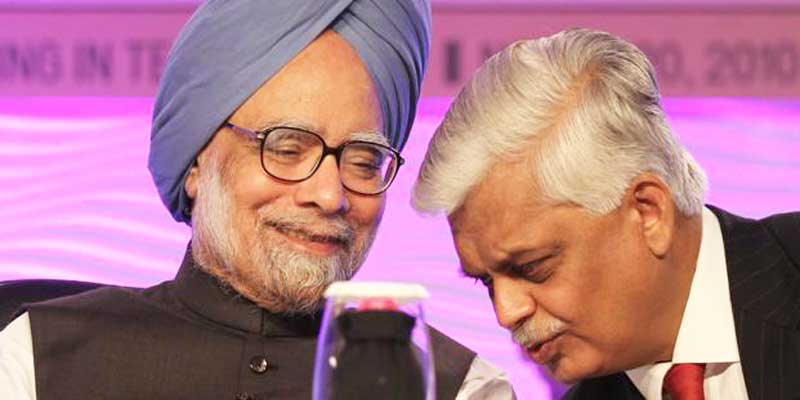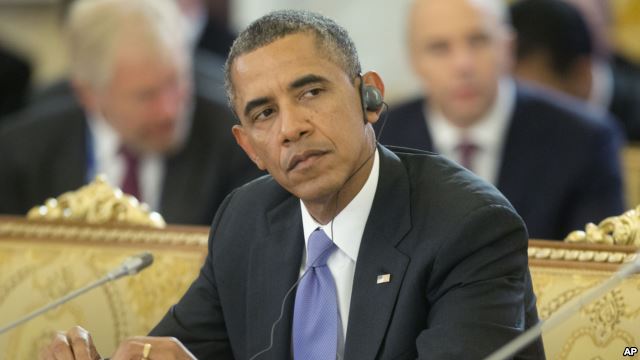The defence of PMO is seen as a shield to the PM, but it seems the PMO was defending itself for Baru has directed his wrath on the senior staff with severe charges.
We all remember how the Prime Minister’s Office had reacted when former media advisor to PM Manmohan Singh had released a book. Sanjaya Baru’s insightful memoir, “The Accidental Prime Minister: The Makin g and Unmking of Manmohan Singh”, has spared none. The defence of PMO is seen as a shield to the PM, but it seems the PMO was defending itself for Baru has directed his wrath on the senior staff with severe charges.
He has called PM’s adviser TKA Nair “a bureaucratic lightweight” who except for a stint in the IK Gujral’s PMO, had neither held the rank of secretary in “any of the powerful ministries on Raisina Hill-home, finance and defence-nor in any key economic ministry”. He has not even spared current principal secretary Pulok Chatterji, who “like Nair, suffered from the handicap that his own service had never regarded him as one of its bright sparks”.
Baru in his book says that most principal secretaries have been extremely capable men, well regarded by their peers and respected by their subordinates, but “every now and then, a nondescript official of limited talent has also adorned that job,” as he belittles Nair.
According to the book, Nair was not the first choice to be Manmohan Singh’s principal secretary, but was in fact the “third choice” for the job. A Tamilian officer who had earlier worked with Rajiv Gandhi was offered by Congress president Sonia Gandhi to take up the coveted post, but he had refused to join. Another officer from Punjab was also considered.
The author also compared Nair with his predecessor Brajesh Mishra. “Always impeccably attired, Nair, small-built and short, lacked the presence of a Brajesh Mishra, whose striking demeanour commanded attention”.
Baru in his book says Nair rarely gave bold opinion on file and signed off with a ‘please discuss’ note. “Nair depended a great deal on Pulok Chatterjee, a joint secretary who had worked with both Rajiv Gandhi and Sonia, for advice on important policy decisions,” the author says while narrating the inside of the PMO in UPA-I.
“Nair-Pulok duo was not a patch on the magisterial Brajesh Mishra who ran Vajpayee’s PMO with great aplomb,” Baru adds.
In fact, if Baru is to be believed, “affable, pipe-smoking and understated” Pulok Chatterji has leftist leanings. But that’s not all. He also claims that Chatterji, thanks to his leftist leanings, was never too enthusiastic about Dr Singh’s focus on improving relations with US, a serious charge hurled against one of the top bureaucrats of UPA’s rule for the last 10 years.
In UPA-I, Chatterji was a powerful joint secretary monitoring the implementation of National Common Minimum Programme (NCMP), which was a set of joint objectives of the then coalition government. Chatterji drew his power, and that applies even today, from his proximity to UPA chairperson Sonia Gandhi. He has always been the PMO’s link with 10 Janpath, the official residence of Mrs Gandhi.
The book has made many critical comments on Sonia Gandhi’s domination over Prime Minister Manmohan Singh. The PMO had reacted sharply and issued a statement saying that the book is an “attempt to misuse a privileged position and access to high office to gain credibility to apparently exploit it for commercial gain.” The statement further said: “The commentary smacks of fiction and coloured views of a former adviser.”
Given the accout, it seems the PMO, which was actually in the hands of Congress high command, was trying to save itself.





